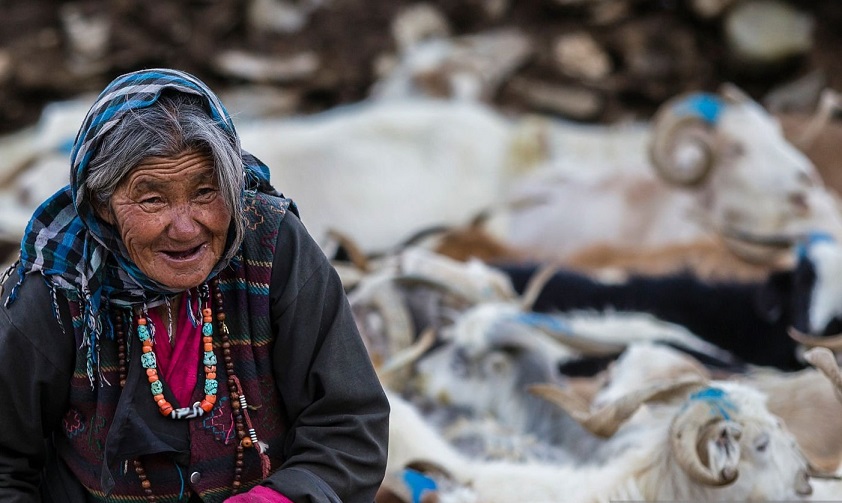
The Shepherdess of the Pashmina Eco-System
This may be the last generation of nomads in Changthang.
There are some beautiful and mysterious eco-systems in the world that remain isolated from the normal city life and have still preserved themselves without any (or limited) dependence on other eco-systems.
One such place which is a high-altitude plateau stretching from north-western Tibet into south-eastern Ladakh. And there is a community which has survived in this harsh terrain from centuries and holds a community of people who rare the delicate Pashmina Goats. This community of Shepherds and Shepherdesses are known as Changpas and this regions is a sight in itself to spot many Shepherdesses in the open and harsh terrain of Himalayas. These Changpas (Shepherds & Shepherdesses) migrate along the established route year after year, staying in the same encampments each time. They live in tents made from Yak wool and their lives are centred around their livestock. They roam from one pastureland to another, trading meat, wool and unprocessed pashmina. And this land is known as the Changthang, which literally means the North-Plain.
In Changthang, winters are cold and Arctic-like, despite the latitude, due to the high elevation and very harsh winter with temperatures falling to -35°C associated with heavy snowfalls and bitter winds. During the brief summer, temperatures are high in the day, but fall to around 0°C at night. The culture of Changthangi people is an interesting mix of Tibetan and other customs. Make no mistake, their lives depend on maintaining the right balance with nature.
In a region where the January and February temperature has a tendency of dropping to – 40 Degree Celsius, accurate reading of these signs often becomes a matter of life and death. These Shepherds and Shepherdesses place greatest reliance on their fine-tuned senses. The lengthening shadows on a cliff hold their attention much longer than one would take note of in the plains. It’s through their sensory antennae honed and sharpened by hundreds of years of collective memory that they discern the shifting seasons, the gradual turn in the direction of the wind on high passes, the slow but unmistakable yellowing of the grass which tells them it’s time to move on to greener valleys and pastures.
These Pastoral nomads form an ethnic entity and are a minority, suffering problems of under representation, social, economic and geographic marginalisation. The region is extremely poor in conventional energy sources (fossils, fuel and wood) and has almost no industrially exploitable resources. Natural environmental limitations dictate many aspects of traditional life, especially settlement pattern and economic system. The harsh, inhospitable and unforgiving terrain combined with the negligible economic benefits of this lifestyle have made many of the Shepherds and Shepherdesses give up the traditional way of life. This might be the last generation of Shepherds & Shepherdesses we are writing about. Their communities are becoming smaller every year. Among this community, the pastoral mode of livelihood is an evident attempt to adapt to a natural environment, which provides no plants as food that can support humans and has no potential for growing food crops. Under such conditions, the only solution is to domesticate large herds of various animals, which can feed off the plants and in return, the animals can sustain humans. Since, the ecological conditions of Changthang are not favourable for crop growing, the Changpas raise large herds of sheep and goats as well as transport animals like yaks and horses. These animals provide the Changpas with meat, milk, varieties of wool, which they use themselves and barter for grains and other utilities.
The beautiful yet harsh eco-system witnesses a complex interdependence of different life forms. It is not difficult to see that the social behaviour is, in part, a response to constraints and opportunities of the natural environment that is preserving itself in beautiful and complex ways. The immediate needs of daily life keep the wheel moving for everyone involved. The communities traditional social and religio-cultural systems are composite part of cold desert’s ecological system. Their way of life shows a capacity to adapt themselves to the rugged cold desert environment. The Changpas possess a high degree of specialised knowledge and a flexible social organisation to make viable the mobile mode of production. Traditional practices of Changpas, such as the rotation of grazing areas and use of reserve pastures in case of natural calamities help manage the variability of ecosystem and bail out pastures from a state of permanent degradation. Each animal has its own specific characteristics and adaptation to the environment.
For centuries, the Changthang have lived in the context of environmental uncertainty and have developed a diverse range of survival mechanisms. But this is an eco-system which is on the direct cross hair of the impact of climate change. TheRealPashmina.com by #PashminaGoatProect is an initative that is creating a voice for all the communities linked to this beautiful and fragile eco-system and constantly finding solutions to solve problems linked to sustainability and survival.
The unbreakable bond of The Real Pashmina Soft Gold with this community has played a key role in helping the communities survive in this region of Himalayas. The skills are passed from one generation to the next and this beautiful yet fragile eco-system continues to preserve itself from centuries.
#TheRealPashmina #RealPashmina #PashminaGoatProject #PashminaShawl
Recent Posts
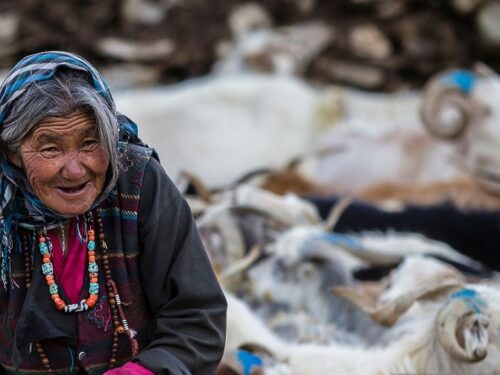
14 December 2023
The Shepherdess of the Real Pashmina Eco-System | The Last Generation in Sight
The Shepherdess of the Pashmina Eco-System This may be the last generation...
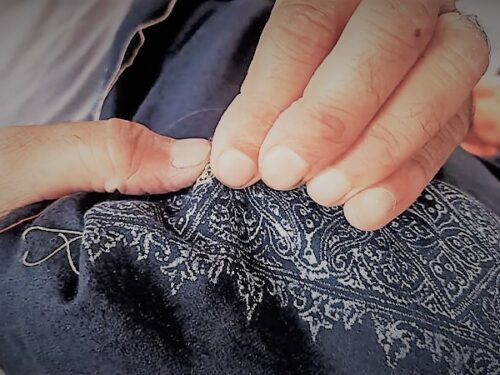
14 December 2023
What are the 7 Real Pashmina Embroideries ?
The 7 Pashmina Embroideries that have constantly created masterpieces on The...
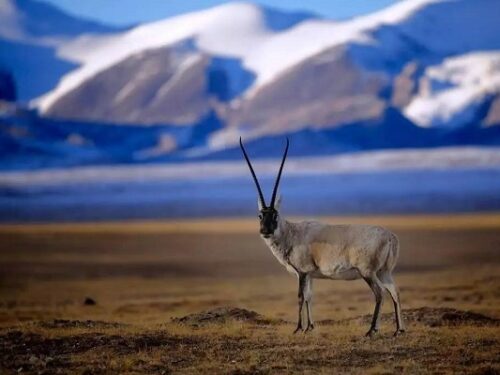
14 December 2023
Why Is SHAHTOOSH Banned?
Shahtoosh comes from the Tibetan Antilope Shahtoosh is a type of wool that...

14 December 2023
Empowering Pashmina Communities Through Your Choices as a Consumer
Empowering Pashmina Communities through Your Choices as a Consumer. As a...

14 December 2023
The Real Pashmina Quick Guide To Sustainable, 100% Handmade Pashmina Shawls
The Real Pashmina Quick Guide (Sustainable, 100% Handmade Pashmina Shawls)...

14 December 2023
Original Handmade Real Pashmina Shawls for Sale
Indulge in the Timeless Luxury of Authentic Handmade Pashmina Shawls –...

14 December 2023
Real Handmade Pashmina Shawls at Wholesale Price
Introducing the epitome of elegance, the pinnacle of luxury – the...
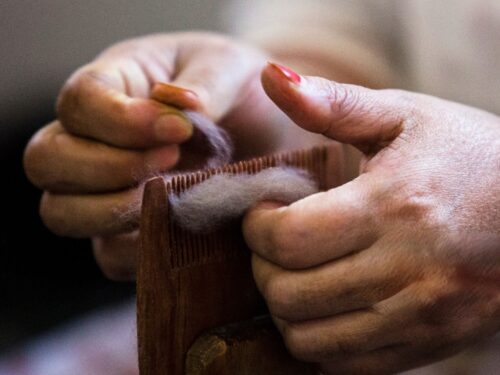
14 December 2023
Quick Tips on How to Care for Pashmina Shawls
Taking proper care of your genuine real pashmina shawl is essential to...
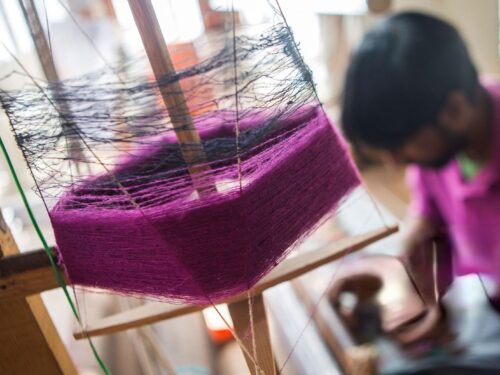
14 December 2023
Authentic Pashmina Shawls Guide for First Time Buyers
Buying a Real Pashmina Shawl for the first time can be an exciting and...
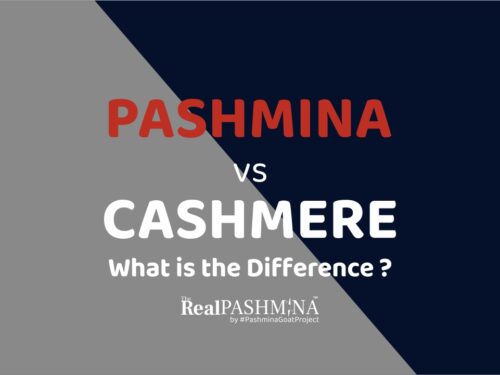
14 December 2023
Pashmina Vs Cashmere. What is the Difference ?
Pashmina Vs Cashmere. What is the Difference ? It was the 15th century when...

14 December 2023
The Shepherdess of the Real Pashmina Eco-System | The Last Generation in Sight
The Shepherdess of the Pashmina Eco-System This may be the last generation...

14 December 2023
What are the 7 Real Pashmina Embroideries ?
The 7 Pashmina Embroideries that have constantly created masterpieces on The...

14 December 2023
Why Is SHAHTOOSH Banned?
Shahtoosh comes from the Tibetan Antilope Shahtoosh is a type of wool that...

14 December 2023
Empowering Pashmina Communities Through Your Choices as a Consumer
Empowering Pashmina Communities through Your Choices as a Consumer. As a...

14 December 2023
The Real Pashmina Quick Guide To Sustainable, 100% Handmade Pashmina Shawls
The Real Pashmina Quick Guide (Sustainable, 100% Handmade Pashmina Shawls)...

14 December 2023
Original Handmade Real Pashmina Shawls for Sale
Indulge in the Timeless Luxury of Authentic Handmade Pashmina Shawls –...

14 December 2023
Real Handmade Pashmina Shawls at Wholesale Price
Introducing the epitome of elegance, the pinnacle of luxury – the...

14 December 2023
Quick Tips on How to Care for Pashmina Shawls
Taking proper care of your genuine real pashmina shawl is essential to...

14 December 2023
Authentic Pashmina Shawls Guide for First Time Buyers
Buying a Real Pashmina Shawl for the first time can be an exciting and...

14 December 2023
Pashmina Vs Cashmere. What is the Difference ?
Pashmina Vs Cashmere. What is the Difference ? It was the 15th century when...

 Arabic
Arabic Chinese (Simplified)
Chinese (Simplified) English
English French
French Spanish
Spanish